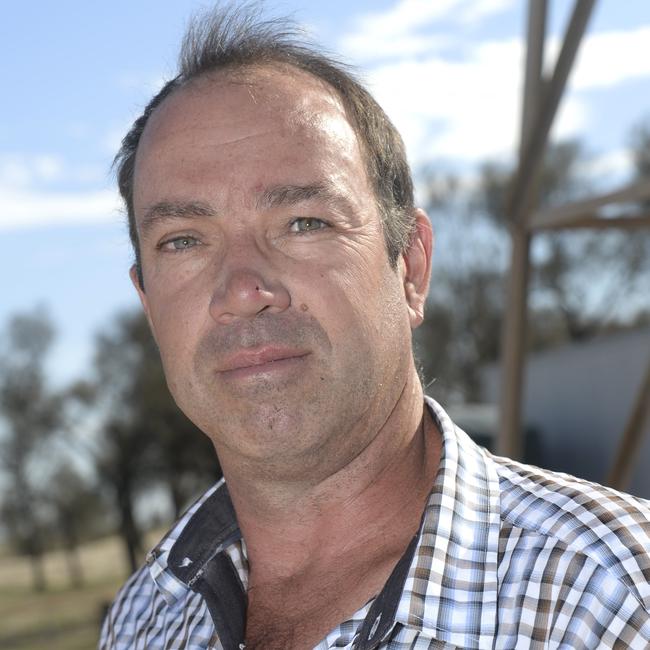USDA figures: Australian farmers say seasonal conditions will dictate outlook
Australian farmers are not gearing up for record-yielding crops but they are hoping spring will make up for autumn shortfalls.
Cropping supply and demand figures are likely to become a “tight balance sheet” if the latest United States Department of Agriculture figures are to be a guide.
The USDA has released the World Agricultural Supply and Demand Estimates for July and while Australia’s overall wheat production is higher than last year at 29 million metric tonnes compared to 26 million tonnes, growers say the crop volumes will ultimately hinge on the weather outlook.
Overall, global wheat production stocks increased 134 million bushels to 2,008 million due to projected higher yields.
The global wheat outlook for 2024-25 was for larger supplies, consumption, trade, and stocks.
Global consumption increased by 1.9 million tonnes to 799.9 million. However, world trade was unchanged at 212.9 million tonnes.
Meanwhile, the first 2024 survey-based production forecasts for other spring wheat and durum showed an increase from last year for both classes at 578 million and 89 million bushels, respectively.
Wheat is currently tracking at $360 a tonne at the port in Victoria, and after some earlier volatility, farmers said prices have started to flatline.
Rupanyup farmer and Grain Producers Australia southern director Andrew Weidemann said any hiccups in key production areas would put a spike in the market.
He said the latest report showed that demand would outstrip supply globally.
Mr Weidemann said there were growing areas within Australia, including the south west of Victoria and parts of South Australia where production risk was high due to lack of rain.
“Western Australia is certainly not out of the woods either,” he said.

Jason Mellings, who farms at Carron said despite projections of tight supplies he was banking on a good spring.
“I am hanging my hat on the fact that spring will be OK,” he said.
Mr Mellings conceded the season was late and therefore big yields were not likely but he was still confident in applying nitrogen and hoping for a positive outcome.
“The whole job depends on the weather from now on,” he said.
Agronomist Frank McRae from Orange in the central tablelands of NSW said the cold weather had slowed crop growth down, but there were still good yield prospects.
He said crops north of Temora, NSW, were looking well, and from that area south and into Victoria, there had been less rainfall.
However, there were chances of a sprint finish to boost production.




